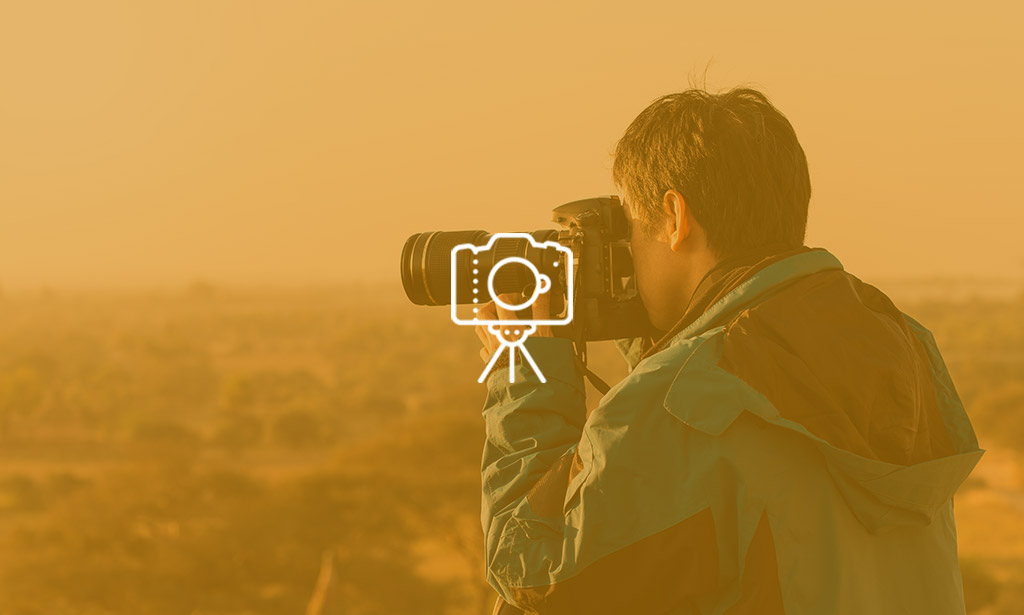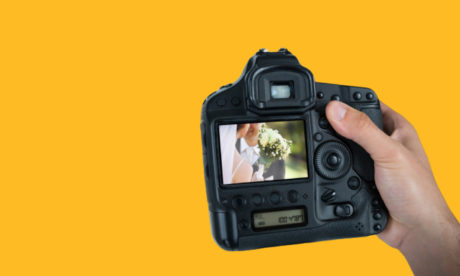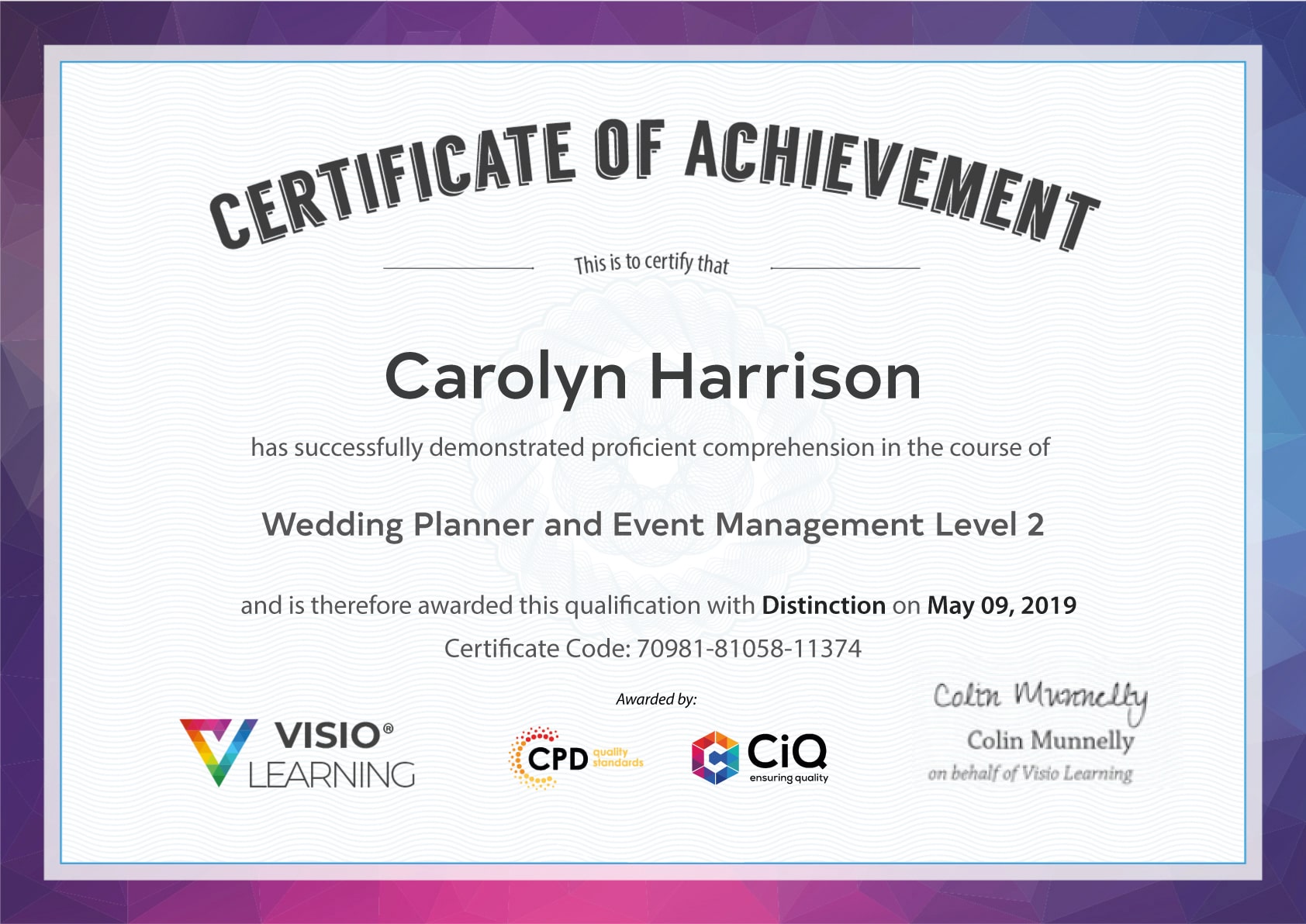Course Curriculum
| Unit 01: Introduction | |||
| Module 01: Introduction to Nature Photography | 00:02:00 | ||
| Module 02: What Is Landscape Photography? | 00:01:00 | ||
| Unit 02: Photography Equipment | |||
| Module 01: Overall | 00:01:00 | ||
| Module 02: Camera | 00:02:00 | ||
| Module 03: Sensors | 00:02:00 | ||
| Module 04: Lenses | 00:03:00 | ||
| Module 05: Pro vs Budget Lenses | 00:03:00 | ||
| Module 06: Prime Lenses | 00:02:00 | ||
| Module 07: Tripod | 00:03:00 | ||
| Module 08: Filters | 00:02:00 | ||
| Module 09: Other Accessories | 00:04:00 | ||
| Unit 03: Camera Basic | |||
| Module 01: Introduction | 00:01:00 | ||
| Module 02: ISO | 00:03:00 | ||
| Module 03: ISO Practical | 00:03:00 | ||
| Module 04: ISO Practical Night | 00:02:00 | ||
| Module 05: Shutter Speed | 00:01:00 | ||
| Module 06: Practical of Shutter Speed | 00:03:00 | ||
| Module 07: Shutter Speed Waterfall | 00:04:00 | ||
| Module 08: Aperture | 00:03:00 | ||
| Module 09: Practical Aperture | 00:05:00 | ||
| Module 10: Aperture Low Light Photography | 00:03:00 | ||
| Module 11: Exposure Triangle | 00:03:00 | ||
| Module 12: Aperture Priority | 00:03:00 | ||
| Unit 04: Advanced Camera Basics | |||
| Module 01: Introduction | 00:02:00 | ||
| Module 02: Histogram | 00:03:00 | ||
| Module 03: Expose to the Right | 00:02:00 | ||
| Module 04: Metering Modes | 00:02:00 | ||
| Module 05: Exposure Compensation | 00:02:00 | ||
| Module 06: RAW vs JPEG | 00:03:00 | ||
| Module 07: What is RAW? | 00:02:00 | ||
| Module 08: Dynamic Range | 00:03:00 | ||
| Module 09: White Balance | 00:03:00 | ||
| Unit 05: Focusing | |||
| Module 01: Introduction to Focusing | 00:01:00 | ||
| Module 02: Hyperfocal Distance vs Single Point | 00:03:00 | ||
| Module 03: Aperture in Focusing | 00:02:00 | ||
| Module 04: Aperture, Focusing & Lens | 00:03:00 | ||
| Module 05: Focusing with a Wide-Angle Lens | 00:05:00 | ||
| Module 06: Focusing For Telephoto Photography | 00:04:00 | ||
| Unit 06: Filters | |||
| Module 01: What is a Polarizing Filter? | 00:02:00 | ||
| Module 02: How a Polarizer Works Near Waterfalls | 00:03:00 | ||
| Module 03: How a Polarizer Works Reducing Haze | 00:03:00 | ||
| Module 04: What is Nd Filter? | 00:02:00 | ||
| Module 05: Nd Filter to Achieve Silky Water | 00:04:00 | ||
| Module 06: What is Color Cast? | 00:02:00 | ||
| Unit 07: Exposure | |||
| Module 01: Introduction to Exposure | 00:01:00 | ||
| Module 02: Dynamic Range & Expose to the Right | 00:04:00 | ||
| Module 03: The Impact of Light in Photography | 00:03:00 | ||
| Module 04: Finding the Correct Light | 00:04:00 | ||
| Module 05: Single Exposure Sunset | 00:04:00 | ||
| Module 06: Why Exposure Bracketing Helps You to Take Better Image | 00:05:00 | ||
| Unit 08: Composition | |||
| Module 01: Introduction | 00:01:00 | ||
| Module 02: Element of Composition | 00:03:00 | ||
| Module 03: Rules of Third | 00:04:00 | ||
| Module 04: Farming a Subject | 00:02:00 | ||
| Module 05: Leading Lines | 00:05:00 | ||
| Module 06: Diagonals | 00:03:00 | ||
| Module 07: Using S and Z curves | 00:05:00 | ||
| Module 08: Changing Perspective with Different Focal Ranges | 00:05:00 | ||
| Module 09: Changing Perspective through Framing | 00:02:00 | ||
| Module 10: Simple Reflection Photography | 00:03:00 | ||
| Unit 09: Advanced Composition | |||
| Module 01: Wide-Angle Photography | 00:04:00 | ||
| Module 02: Telephoto Photography | 00:06:00 | ||
| Module 03: Focus Stacking | 00:12:00 | ||
| Module 04: Panoramic | 00:07:00 | ||
| Module 05: Creating Scales | 00:03:00 | ||
| Module 06: Minimalist Nature Photography | 00:04:00 | ||
| Module 07: Creating Leading Lines from Long Exposure | 00:04:00 | ||
| Unit 10: Photo Editing | |||
| Photo Submission | |||
| Module 02: Editing in Lightroom | 00:06:00 | ||
| Module 03: Global Adjustment | 00:21:00 | ||
| Module 04: Local Adjustment | 00:12:00 | ||
| Module 05: Histogram (Expose to the Right) | 00:07:00 | ||
| Module 06: Grab Filter Effect | 00:12:00 | ||
| Module 07: Editing an Image like a Professional | 00:17:00 | ||
| Module 08: How to Focus Stack | 00:12:00 | ||
| Module 09: How to Remove Color Cast | 00:04:00 | ||
| Module 10: How to Blend Multiple Image | 00:05:00 | ||
| Module 11: How to Stitch a Pano | 00:07:00 | ||
| Submit Your Photos | 00:00:00 | ||










